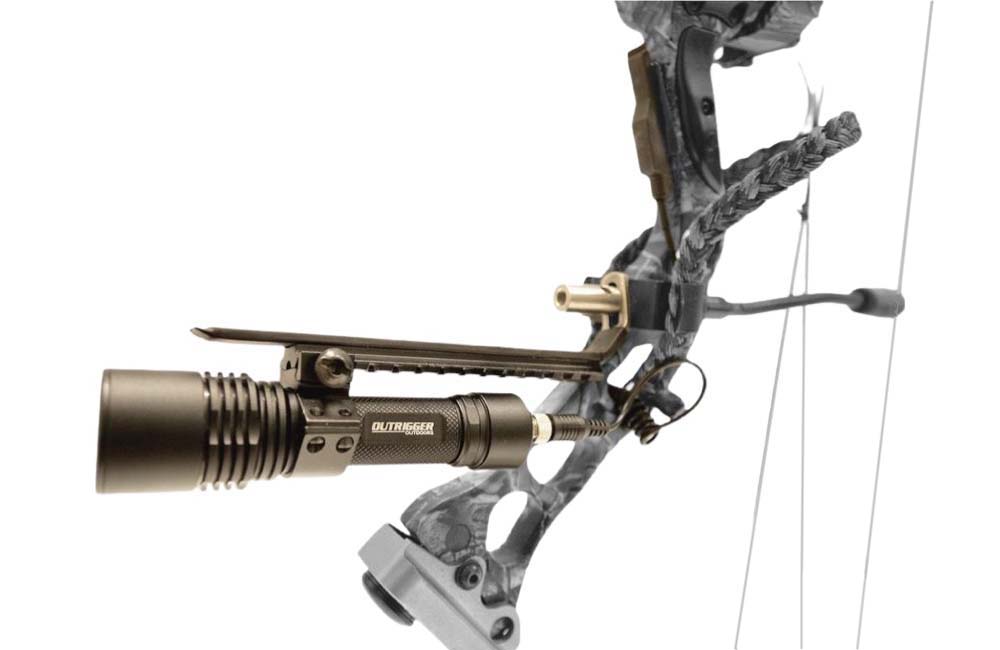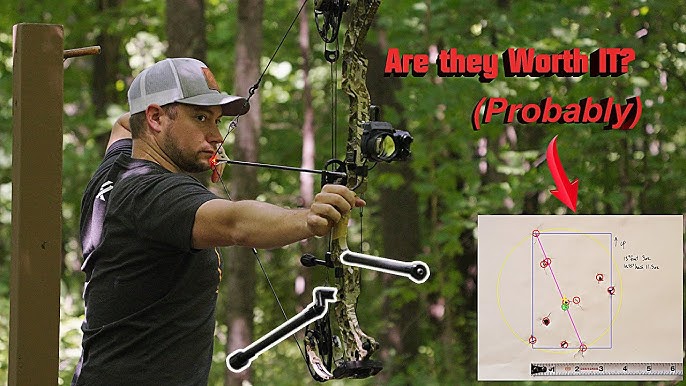Opening Accuracy: The Benefits of Using Archery Stabilizers
Opening Accuracy: The Benefits of Using Archery Stabilizers
Blog Article
The Ultimate Guide to Choosing the Right Archery Stabilizer for Improved Accuracy
Amongst the various accessories readily available, an archery stabilizer plays a significant role in boosting precision. In this detailed guide, we will certainly discover the crucial variables to consider when picking an archery stabilizer for enhanced precision. Whether you are a skilled archer looking to upgrade your equipment or a newbie seeking assistance, join us on this journey as we untangle the keys to picking the best archery stabilizer.
Size: Locating the Optimum Stabilizer Length
Determining the excellent stabilizer length is critical when picking an archery stabilizer for optimum performance. The size of a stabilizer straight affects the equilibrium, stability, and precision of the bow. A stabilizer that is too long can make the bow really feel top-heavy and tough to regulate, while a stabilizer that is also brief may not offer sufficient security and dampening of resonances. Finding the appropriate length needs thinking about elements such as the archer's shooting style, bow weight, and individual choice.
A longer stabilizer, usually varying from 8 to 12 inches, can offer higher stability and minimize bow torque. This is especially advantageous for archers that fire with a high draw weight or those who tend to torque the bow during the shot. The added size aids to distribute the weight uniformly and counterbalance any type of torque or movement.
On the various other hand, a shorter stabilizer, generally between 4 to 7 inches, uses more ability to move and quicker reaction. It is favored by archers that fire with a lower draw weight or those that need even more movement, such as seekers or 3D shooters. The much shorter size enables easier motion with limited areas and faster changes.
Eventually, the optimal stabilizer size refers personal choice and shooting design. It is advised to experiment with different sizes and observe the effects on security and accuracy. Consulting with seasoned archers or professionals can additionally supply important understandings and recommendations.
Weight: Establishing the Appropriate Stabilizer Weight
After thinking about the optimum stabilizer length, the next crucial variable to consider when picking an archery stabilizer is figuring out the suitable stabilizer weight - archery stabilizer. The weight of the stabilizer plays a critical function in enhancing precision and stability during the shot
The weight of the stabilizer influences the balance and control of the bow. A larger stabilizer can supply increased security and control, particularly for shooters with a propensity for irregular shots or unsteady hands. It assists to soak up the resonances and recoil generated by the bow, reducing torque and reducing the impact on the arrow's flight.
On the various other hand, a lighter stabilizer allows for a quicker and much more receptive bow. It can be advantageous for shooters who prioritize ability to move and rate over stability. Lighter stabilizers also decrease tiredness throughout lengthy shooting sessions or competitions.
To figure out the appropriate stabilizer weight for your demands, it is necessary to consider your shooting design, physical toughness, and bow setup. Try out various weights and observing the influence on your capturing efficiency is key to discovering the perfect equilibrium.
Ultimately, the optimal stabilizer weight will certainly vary for each and every specific archer. It is advised to start with a modest weight and make changes based upon individual choice and capturing results. Keep in mind, the objective is to attain a regulated and stable shot, while also preserving convenience and ease of usage.
Materials: Picking the Right Products for Resilience and Efficiency
When picking an archery stabilizer, it is important to meticulously consider the materials used in its building and construction to make sure sturdiness and maximize efficiency. The selection of materials can greatly influence the total high quality and efficiency of the stabilizer.
One of the most frequently utilized materials for stabilizers is carbon fiber. Carbon fiber supplies a high strength-to-weight ratio, making it light-weight yet incredibly strong. This product reduces and takes in vibrations bow torque, causing improved stability and accuracy. Furthermore, carbon fiber stabilizers are immune to temperature changes and are much less most likely to warp or bend in time.
An additional prominent product for stabilizers is aluminum. Light weight aluminum stabilizers are known for their durability and strength. They provide exceptional moistening abilities, reducing the quantity of shock and resonance transferred to the shooter's hand. Light weight aluminum stabilizers likewise supply a variety of modification choices, enabling archers to adjust the weight and length to fit their preferences.
Some stabilizers are constructed making use of a combination of materials. A stabilizer may have a carbon fiber core wrapped in an aluminum covering. This hybrid style incorporates the most effective qualities of both materials, providing check my source ideal stability, longevity, and performance.
Design: Understanding the Various Stabilizer Designs and Their Effects
Taking into consideration the products utilized in archery stabilizers, it is necessary to now look into the different layouts of stabilizers and their respective results. The design of an archery stabilizer plays an important role in enhancing accuracy and decreasing vibration throughout the shot. There are several different layouts offered on the market, each with its own distinct characteristics.

One more popular layout is the side bar stabilizer. This style entails connecting a brief pole sideways of the bow, parallel to the major lengthy rod. Side bar stabilizers help in reversing the weight of accessories, such as quivers or views, and offer additional security to the bow.
Some stabilizers come with adjustable weights. These stabilizers permit archers to make improvements the balance and feel of their bows by including or eliminating weights. This feature is specifically useful for archers that like a details weight circulation or desire to experiment with different configurations.
Furthermore, some stabilizers incorporate moistening innovation to minimize vibration and noise. These stabilizers frequently have built-in dampeners or make use of products that take in resonances, leading to a smoother and quieter shot.

Devices: Exploring Added Devices for Improved Security
To further boost stability in archery, extra accessories can be utilized. These accessories are developed to operate in combination with the archery stabilizer to offer an even better degree of security and precision. One such device is the V-bar or the side stabilizer mount. This device permits the attachment of a 2nd stabilizer, which helps to balance the bow and reduce torque. By distributing the weight evenly on both sides of the bow, the V-bar helps to minimize any type of unwanted activity during the shot.
Another device that can boost stability is a bow sling. A bow sling is a strap that affixes to the bow and permits the archer to maintain an unwinded grip on the bow deal with without the anxiety of dropping it (archery stabilizer). This kicked back hold assists to minimize muscle stress and enables a more steady and constant shot
Furthermore, a stabilizer weight system can be utilized to fine-tune the balance and security of the bow. These weight systems usually contain small weights that can be included or removed from the stabilizer to change the balance point of the bow. By locating the ideal balance point, archers can accomplish a much more secure and accurate shot.
Conclusion
In conclusion, selecting the appropriate archery stabilizer involves thinking about elements such click for info as size, weight, materials, layout, and added devices. The optimum stabilizer size and weight will depend on specific choices and shooting style.
Figuring out the ideal stabilizer size is essential when choosing an archery stabilizer for ideal performance. A stabilizer that is also long can make the bow really feel top-heavy and challenging to manage, while a stabilizer that is also brief might not provide sufficient security and dampening of resonances - archery stabilizer.Taking into account the products made use of in archery stabilizers, it is essential to currently dig into the various designs of stabilizers and their respective results. Side bar stabilizers help in counterbalancing the weight of accessories, such as quivers or views, and give added security to the bow
These weight systems typically are composed of little weights that can be added or gotten rid of from the stabilizer to change the equilibrium point Continued of the bow.
Report this page